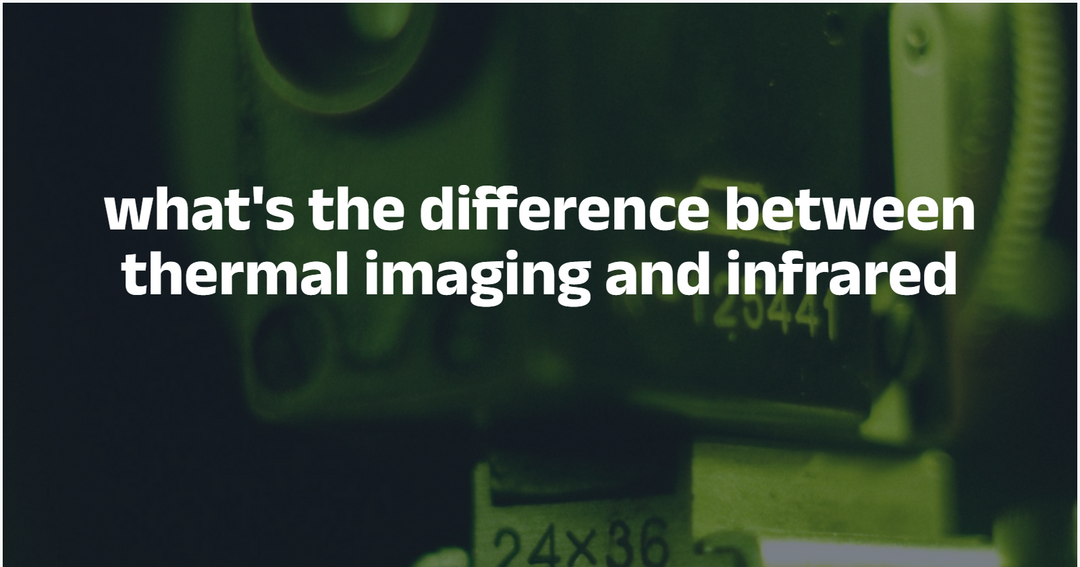How to Detect a Broken Ethernet Cable: Signs and Fixes
A reliable Ethernet connection is essential for stable internet speeds and seamless online work. However, a broken Ethernet cable can silently disrupt your network, leading to frustrating slowdowns or total disconnections. In this article, we’ll show you how to detect a broken Ethernet cable, the warning signs to watch for, and how to fix or replace it.
Why Ethernet Cables Break
Ethernet cables are designed to be durable, but they can still fail due to:
- Physical damage: Bending, pinching, or crushing the cable
- Wear and tear: Frequent plugging and unplugging
- Environmental factors: Heat, moisture, or exposure to UV light
- Poor-quality connectors: Cheap materials that loosen or corrode

Understanding these causes helps you diagnose problems faster.
Signs Your Ethernet Cable Might Be Broken
Wondering if your Ethernet cable is the problem? Watch out for these symptoms:
1. Intermittent Connectivity
- Connection drops in and out randomly
- Internet seems fine one minute, gone the next
- Devices struggle to maintain a stable link
2. Slow Internet Speeds
- Noticeably slower downloads or video streaming
- Speed tests show lower-than-expected results
- Wired speeds no better than Wi-Fi

3. No Connection at All
- Devices show “No network detected”
- LEDs on Ethernet ports don’t light up
- No response from your router or switch when plugged in

4. Visible Damage
Inspect the cable for:
- Cuts or deep bends in the jacket
- Frayed or exposed wires
- Bent or corroded gold pins inside the RJ45 connector
Physical damage is often a clear indicator that replacement is necessary.
How to Test for a Broken Ethernet Cable
Even without specialized tools, you can try these quick checks:
Swap Cables
- Replace the suspected cable with one you know works
- If the problem goes away, the original cable is likely faulty
Test Different Ports
- Plug your cable into another port on your router or switch
- If it works on a different port, the issue might be the original port, not the cable

Use a Different Device
- Connect the cable to another computer or device
- This helps rule out issues with your hardware or network card
Check Network Settings
Sometimes, connection issues come from software misconfigurations:
- Restart your router and devices
- Update network drivers
- Check IP settings for conflicts
Using a Cable Tester for Accurate Results
While basic swaps and inspections help, a professional cable tester is the fastest way to detect:
- Wire breaks inside the cable
- Miswiring or crossed pairs
- Cable length and fault distance
- PoE voltage and signal integrity
A tester provides precise diagnostics so you don’t waste time guessing.
Recommended Tools from Noyafa
🔹 Noyafa NF-8209
- Tests RJ45, RJ11, and coaxial cables
- Detects PoE voltage
- Locates breaks and short circuits
- Measures cable length accurately

🔹 Noyafa NF-8601S
- Advanced TDR technology for pinpoint fault location
- Wire map for identifying crossed wires
- LCD display for easy reading
- Perfect for both home users and professionals

These testers save time, reduce guesswork, and ensure your Ethernet cables are in top shape.
When to Replace a Cable
Even if you identify a fault, sometimes it’s best to replace the cable entirely, especially when:
- The jacket is damaged
- Connectors are loose or corroded
- The cable fails multiple tests
- You want to upgrade to higher-speed categories (e.g., Cat6 or Cat7)
A new cable often costs less than the time and frustration of constant troubleshooting.
Conclusion
A broken Ethernet cable doesn’t have to remain a mystery. By spotting warning signs and performing simple tests—or better yet, using a professional cable tester—you can quickly restore your network to full performance.
👉 Check out Noyafa’s range of cable testers to keep your home or office network running smoothly!




